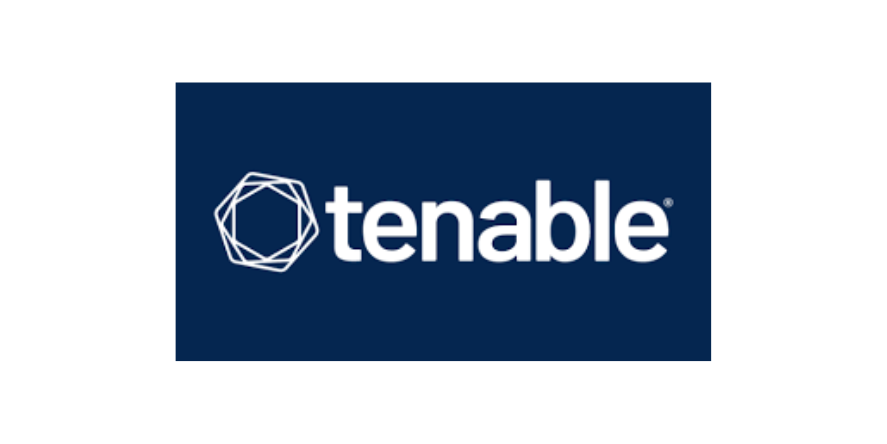Tenable, the Exposure Management firm, recently announced web application and API scanning in Tenable Nessus Expert, new features that provide simple and comprehensive vulnerability scanning for modern web applications and APIs.
Web application and API scanning in Nessus Expert are dynamic application security testing (DAST) features that enable security practitioners to proactively identify and assess web applications and APIs for known vulnerabilities. This includes OWASP’s Top 10 vulnerabilities in custom application code and known vulnerabilities found in third-party components.

“Web applications are under siege and the security practitioners in charge of protecting them face numerous challenges,” stated Glen Pendley, chief technology officer, of Tenable. “With Nessus Expert – the gold standard in vulnerability assessment – we’re tackling the crux of these challenges head-on by widening visibility into web applications and APIs. Whether the apps are running on-prem or in the public cloud, Nessus Expert assesses their exposures and provides security practitioners, consultants, and pentesters with actionable results quickly.”

Industry sources added that Nessus Expert is the industry’s first vulnerability assessment solution that spans traditional IT assets and the dynamic modern attack surface, including the external attack surface, cloud infrastructure, and now, web applications and APIs. This new feature and functionality enables security practitioners to:
Set up new web app and API scans and easily generate comprehensive results.
Rapidly discover known vulnerabilities and cyber hygiene issues using predefined scan templates for SSL/TLS certificates and HTTP header misconfigurations.
Identify all web applications, APIs, and underlying components owned by a given organization.
Confidently and safely scan environments without disruptions or delays.
Industry sources added that backed by Tenable’s Research, Nessus provides broad and accurate vulnerability coverage for web applications and APIs – spanning web application servers, content management systems, web frameworks, programming languages and JavaScript libraries. The result is fewer false positives and negatives, ensuring security practitioners know the true risks in their applications.










